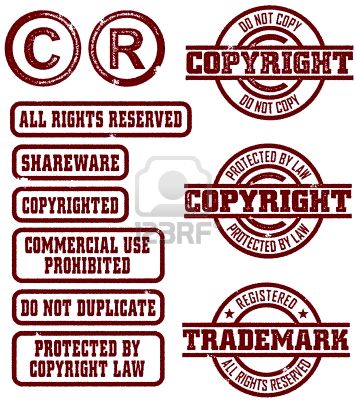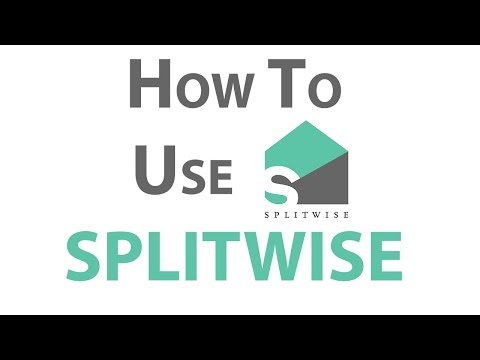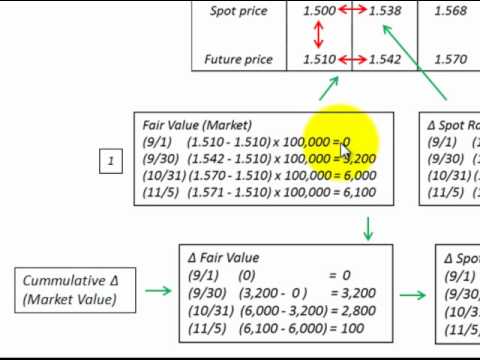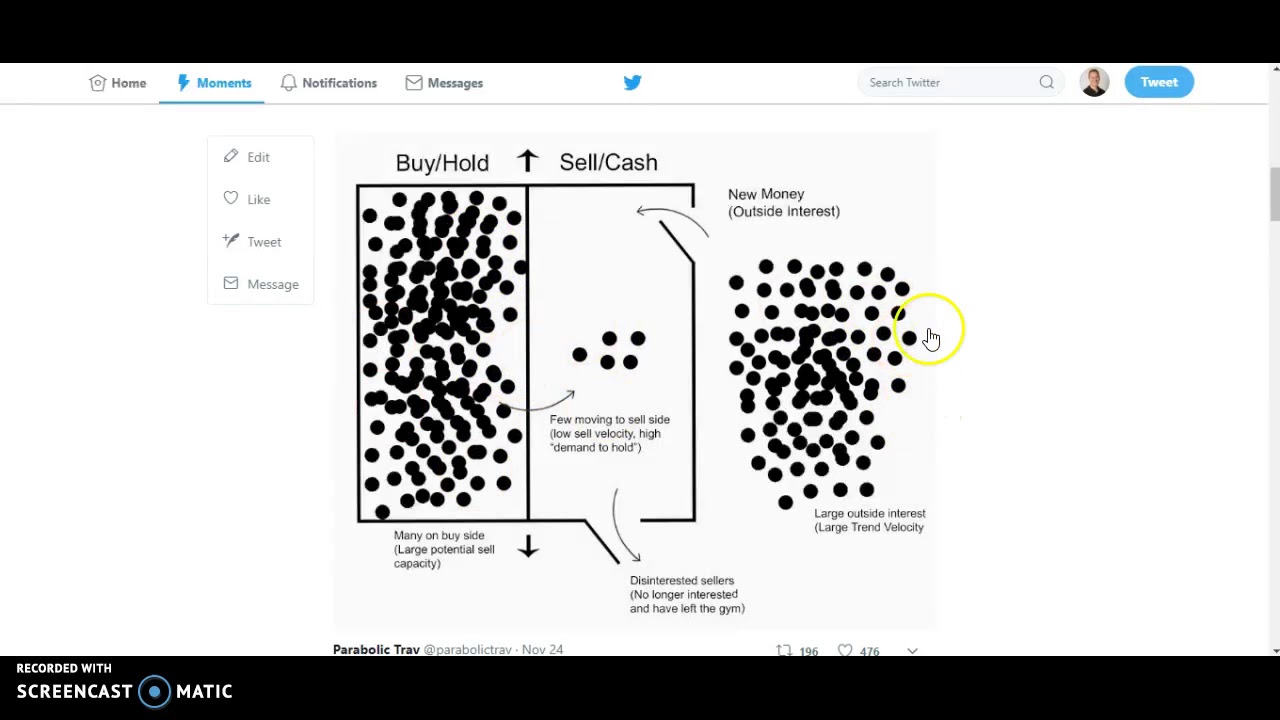Contents:


Users can increase efficiencies and tailor their SwiftNet package to their messaging needs by making use of these additional tools. With WebAccess, SwiftNet users can browse securely on financial web sites available on SwiftNet using standard Internet technologies and protocols. It is typically used to transfer large batches of messages, such as bulk payment files, very large reports, or operational data. Sibos is the annual conference, exhibition and networking event organised by Swift for the financial industry. With a strong focus on harmonisation and straight-through processing, Swift plays an active role in market practices initiatives and provides expertise, products and services to support best practice.
The table below lists the Category 7 message types, Treasury Markets, Syndication, with the type designation MT 7xx. The table below lists the Category 6 message types, Treasury Markets, Precious Metals, with the type designation MT 6xx. The table below lists the Category 5 message types, Securities Markets, with the type designation MT 5xx. The table below lists the Category 4 message types, Collections and Cash Letters, with the type designation MT 4xx.
Swift Go: Simpler low-value international payments – SWIFT
Swift Go: Simpler low-value international payments.
Posted: Sat, 02 Jul 2022 01:10:24 GMT [source]
The core of the swift message types business resides in providing a secure, reliable, and scalable network for the smooth movement of messages. Through its various messaging hubs, software, and network connections, SWIFT offers multiple products and services that enable its end clients to send and receive transactional messages. Financial institutions use SWIFT to securely transmit information and instructions through a standardized code system. Although SWIFT is crucial to global financial infrastructure, it’s not a financial institution. SWIFT does not hold or transfer assets but facilitates secure, efficient communication between member institutions. The Multiple Customer Credit transfer deals with payments, or information about payments, in which the ordering party or the beneficiary, or both, are not financial institutions.
SWIFT FIN is a message type that transmits financial information from one financial institution to another. The first number identifies the category to which the message belongs, while the second and third numbers identify the message type. The global ISO standard for financial messaging also reduces fragmentation and improves interoperability on key services such as instant payments – domestic and cross-border, Open Banking, API platforms and other overlay services. This message type is sent by or on behalf of the financial institution of the ordering customer to another financial institution for payment to the beneficiary customer. The platform uses a standardized proprietary communications platform to allow the transfer of secure financial transactions, but doesn’t hold funds on its own, and doesn’t manage external client accounts. MyStandards is a collaborative web platform that simplifies how you manage financial messaging standards.
These countries are Belgium, Canada, France, Germany, Italy, Japan, Netherlands, Sweden, Switzerland, the United Kingdom, and the United States. The European country of Belgium acts as the lead overseer alongside other members such as the U.S. Send the money from your bank via SWIFT, and keep a record of the event. Go to your bank or log into your bank’s system to request an international wire. To understand how the code is assigned, let’s look at the Italian bank UniCredit Banca, headquartered in Milan.
MT messages are structured according to the specifications of the ISO standard and the newer MX messages according to the ISO standard. SWIFT, with its network SWIFTNet, is a major player in global payments. This article provides a brief introduction about SWIFT, its network and the SWIFT Message types, groups and categories. The MT messaging model also includes a Category 0 for system messages that are used to exchange operational information between SWIFT and FIN interface operators. Through valuable data insights, led by information and payments data, a business can improve profitability, optimize revenue and cut costs.
Access trade, receivables and supply chain finance
The organisation had sent me MT103 FORM and said that the money is now lying with the state bank of India and they have not rejected the transaction. Without transaction data and analytics to get clear visibility into the payments environment, it’s impossible to identify transaction performance issues, or detect fraud and other anomalies. The text of a SWIFT message and the authentication key were used to generate a message authentication code or MAC. The MAC ensured the origin of a message and the authenticity of the message contents. Direct debit is a payment method, by which a pre-authorised agreement enables one organization to debit money automatically from the bank account of another individual or organization.
Our different interfaces all manage the Swift protocols needed to access the Swift environment, whilst the different options are tailored to support different services and functionalities, depending on customer needs. MyStandards, a collaborative web platform to better manage global standards and related market practice. A MT103 message is considered a “Single Customer Credit Transfer” and is used to instruct a funds transfer. This means that the change will not be that big for corporate-to-bank communication, as long as we consider only demand guarantees and standbys. Dependent undertakings, unfortunately, are a whole other story. Both issues could be solved by permitting the use of the structured formats for dependent undertakings as well.
Validation Collaboration Definitions are provided for many key SWIFT message types. This message type is sent by or on behalf of the financial institution of the ordering customer, directly or through a correspondent to the financial institution of the beneficiary customer. MT760 is a bank-responsible guarantee as well as Blocked Fund Letter issue communicated bank to bank by the sender bank. MT760 sent upon instructions of its client in favor of a particular transactions or country party . Our messaging platform, known as SwiftNet, produces huge efficiencies for our users by enabling them to seamlessly and securely communicate through a single shared utility.
Before SWIFT, Telexwas the only available means of message confirmation for international funds transfer. Low speed, security concerns, and a free message format hampered Telex. In other words, Telex did not have a unified system of codes like SWIFT to name banks and describe transactions. Telex senders had to describe every transaction in sentences that the receiver interpreted and executed.
In this article, we explore what SWIFT does, how it works, and how it makes money. Like FIN, InterAct enables the exchange of messages on a message-per-message basis, and supports the exchange of proprietary formats between market infrastructures and their customers. In addition, InterAct offers increased flexibility, including store-and-forward messaging, real-time messaging, and real-time query-and-response options. The Swift Standards group maintains several important message standards. The Swift MT standard, for instance, is used for international payments, cash management, trade finance and treasury business. Working with the Swift community, Swift Standards operates the annual maintenance process for MT, which ensures that the standard evolves to meet changing market needs.
NEWS: Trade finance is a low risk asset according to ICC Report
Swift Translator, a Translation solution to define, validate and translate messages to and from any format by combining Swift’s standards expertise with cutting-edge technology. Treasury plays a crucial role in supporting financial objectives and informing strategic decisions. Secure global bank communications, operational efficiency and control, regulatory compliance, and effective liquidity and risk management are essential to support growth and create competitive advantage.
Thanks to SWIFT, we have standardized IBAN and BIC formats that are used for actual funds transfer. The network doesn’t actually transfer the money – it communicates transaction orders between institutions using SWIFT codes. Swift Standards works with the user community to specify and publishMarket Practice- rules and best-practice advice on how standards should be deployed to meet particular business needs or to comply with regulation.
New Volante Technologies and MDSL partnership set to enhance and automate payments in Egypt
This is even more important now with the impending global ISO migration. Each and every character within a message has to be 100% aligned with the specifications. The format is validated at several steps along the communication channel chain on the sending and receiving sides. The high value market infrastructures in Europe, TARGET2 and EBA E1/S1, intend to migrate to fully fledged ISO in November 2022. Although their plans have been deferred by twelve months due to the delay by SWIFT, the two infrastructures are committed to the migration. This is being driven by increasing pressure from regulators, intense competition from new entrants and by customers who now expect payments to be instant, transparent and seamless.

However I’m able to Draft and process the MT199,MT103,MT202,MT910,XML messages, but looking for more insight’s and knowledge. I’m new to the Swift world and would like to learn it from Basics need your help to provide me with the KT to understand Swift Message formats and how to basically write a MT’s. I appreciate it if you could explain the philosophy of calling the SWIFT field tags lik 40A or 31C or 59. Issuing banks moves first with RWA and for bank draft, issuing bank issues softcopy in favor of the applicant. You’re certainly on the right track, though it’s not clear whether you’ve pasted the whole header.
TFG heard from Olli Jääsaari, Standardised Trust expert and Nordea’s Trade Finance & WCM Product Manager. Behind most international money and security transfers is the Society for Worldwide Interbank Financial Telecommunications, known as the SWIFT system. SWIFT is a vast messaging network banks and other financial institutions use to quickly, accurately, and securely send and receive information, such as money transfer instructions. It enables the exchange of messages formatted with the traditional Swift MT standards. These standards cover a wide range of business areas and are widely used and accepted by the financial community.

Message types defined in ISO15022 “ISO15022 Data Field Dictionary – Index of Messages”. The downside of this free format flexibility is that automation is difficult. Picking out the parties in the transaction, the guaranteed commitment or even the guarantee amount or expiry date requires that the information in the narrative is parsed. These are messages from a user to SWIFT or from SWIFT to a user, but not from one user to another. When the group takes the value “9” like in MT19X, the message belongs to common group messages that are used for cancellations, queries, advices, answers and to handle other exceptions.
Financial services organisations have increasingly complex and diverse messaging requirements – whether communicating with market infrastructures, with correspondents or with commercial clients. Swift is a global member-owned cooperative and the world’s leading provider of secure financial messaging services. Translate the MT 759 into the structured MT 760 format (which still disallows sureties in bank-to-bank communication). The table below lists the Category 9 message types, Cash Management and Customer Status, with the type designation MT 9xx. The table below lists the Category 8 message types, Travellers Cheques, with the type designation MT 8xx.
The recent SWIFT related posts have been pretty popular, and many of you have contacted me asking for more detailed information about SWIFT message types. To get the full lowdown on SWIFT message types, you need to read SWIFT’s very own Standards Inventory Of Messages. Its 47 pages worth of SWIFT message types, nice bedtime reading!! To save you the pain, I have read and provided an overview of the main message types below. Unless you like talking about SWIFT message types, you don’t need to know most of these. But it is useful to know they exist and if you ever needed there are a range of messages out there.
This led to many human errors, as well as slower processing times. Swift Standards acts as Registration Authority for several standards that define universal codes for common data items, or reference data. RAs are appointed by the International Organization for Standardization to ensure the integrity of the reference data defined by ISO standards, and to publish the data in an accessible form for the benefit of the user community. Swift Standards also contributes to the formalisation and implementation of other reference data standards, notably the ISO Legal Entity Identifier , which is increasingly required for regulatory reporting purposes. Financial messaging standards specify these codes wherever possible to minimise the ambiguity of data.
SWIFT is About to Become Swifter: Are You Ready for Mandatory … – Traders Magazine
SWIFT is About to Become Swifter: Are You Ready for Mandatory ….
Posted: Fri, 25 Nov 2022 05:38:55 GMT [source]
The reports enable filtering based on region, country, message types, and related parameters. The message standards also describe the actions expected of the message receivers, and, because some business processes require several messages to be exchanged, they also specify the order in which messages should be sent and received. Messages sent by our customers are authenticated using our specialised security and identification technology (Files can also be sent via our FileAct messaging service. The connection descriptions apply to files as well as messages).
Hope that has given you an insight into the different SWIFT message types, and an understanding of the various available messages. The remainder of this section discusses these categories and the message types within each category. SWIFT has retained its dominant position in the global processing of transactional messages. It has recently forayed into other areas, such as offering reporting utilities and data for business intelligence, which indicates its willingness to remain innovative.
- We are continuously on the lookout for financial industry and technology professionals who are eager to be part of the future of payments.
- What happens if we do not append trailer block in the message, will SWIFT append it.
- In this article, we explore what SWIFT does, how it works, and how it makes money.
- This message type is sent by or on behalf of the financial institution of the ordering customer to another financial institution for payment to the beneficiary customer.
However, this comes at a cost and increased operational overhead. When making an international money transfer, the SWIFT/BIC code is used to identify your particular bank. A customer wants to send money to his friend in Venice, Italy, so he visits a local Bank of America branch. He brings his Italian friend’s account number and Venice-based branch information for UniCredit Banca.
Keeping on top of emerging technologies, regulatory changes and the introduction of new international payments standards is challenging. With ISO migration imminent, turning information into intelligence will assure the safe, efficient operation of payments systems worldwide. It requests the Receiver to credit the beneficiary customer directly or indirectly through a clearing mechanism or another financial institution, or to issue a cheque to the beneficiary. Cross-border payments that involve sending large amounts of money can be complex, so the process needs to be secure and foolproof, and the same applies when receiving international payments. In 1979, SWIFT delivered 10 million financial messages for the year. In May 2021, SWIFT recorded an average of 42.3 million financial messages per day, a traffic growth of +11.7% versus same period of previous year.
The MT message formats were standardized in ISO 15022, which was published by the International Organization for Standardization in 1999, with SWIFT as the registration authority. The FIN messaging system, according to SWIFT, is now used by over 11,000 financial institutions and their corporate customers, who exchange more than 30 million messages daily. Today financial players routinely send structured electronic messages to one another to perform common business processes, such as making payments or confirming trades. In its ongoing role as a financial messaging standardiser, the Swift Standards group works with the financial community to define standards for these messages. Swift’s messaging services are trusted and used by more than 11,000 financial institutions in more than 200 countries and territories around the world.
A bank needs to be a SWIFT member to receive the SWIFT code and be part of the network. Then, for any transaction made by banks or financial institutions on an international level, they will use their unique SWIFT code, which acts as an international digital language. In November 2022, SWIFT will officially begin transitioning to ISO 20022, the most recent set of standards for secure messaging between financial institutions. The migration from MT to ISO payment messages comes with many benefits for banks, financial institutions, corporations, businesses and individuals. A Singe Customer credit transfer is used to convey a funds transfer instruction in which the ordering customer or the beneficiary customer, or both, are non-financial institutions from the perspective of the Sender.